(My first post to LeoFinance; not my usual type of content, but thought this might be a good fit for here!)
There's little doubt that NFTs — "Non-Fungible Tokens" — are on fire in the cryptosphere and beyond, as a way to create and transact unique artistic and creative expressions and endeavors.
The idea of digital art as unique or limited edition collectible commodities isn't all that new as communities like Neon Mob have been working with the concept for quite a few years. In their case, the driving root of the project was art combined with trading cards, in digital format.
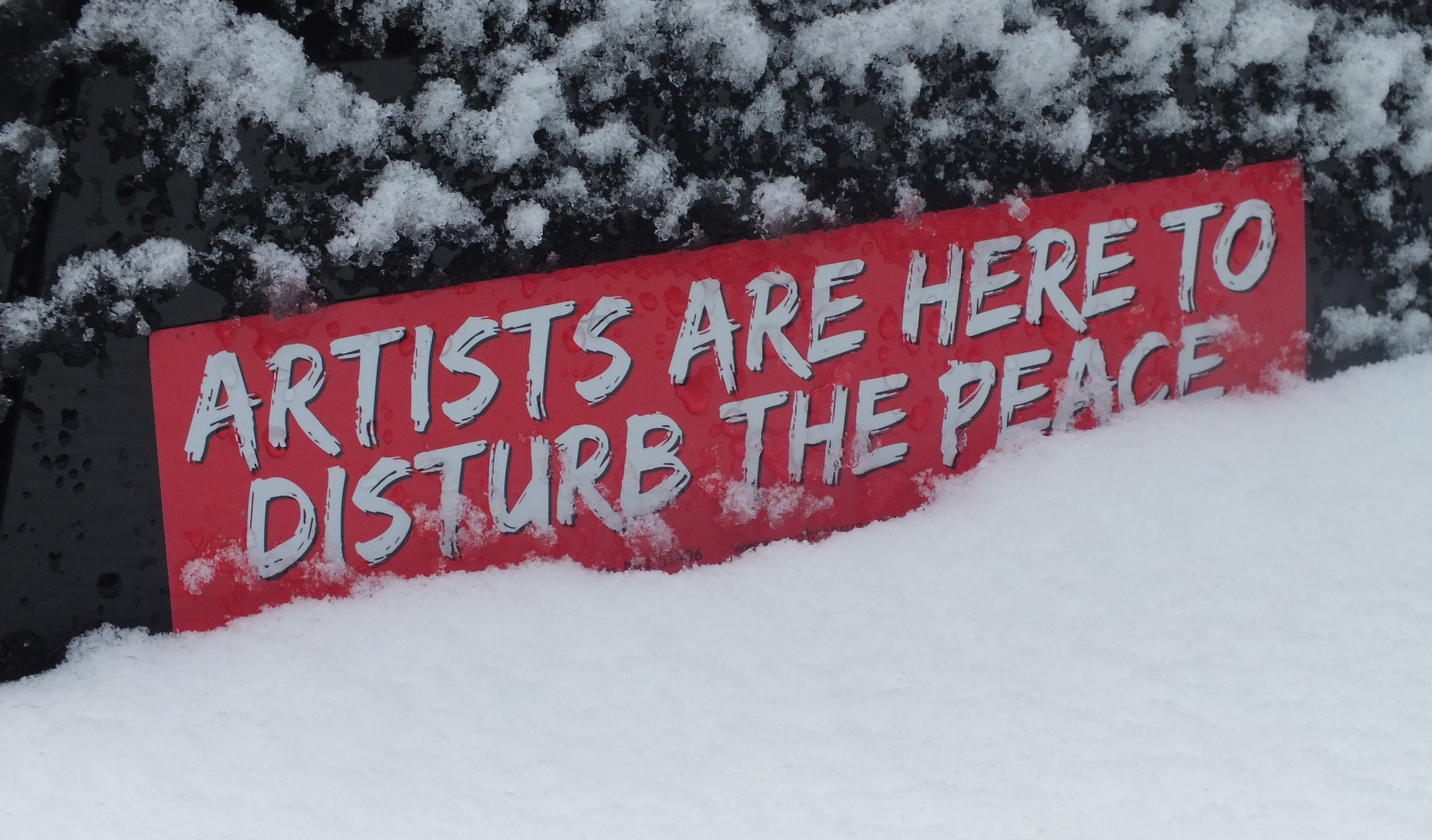
Now we have blockchain-based NFTs, allowing artists and creatives to create and trade their own unique and trackable/verifiable works through an array of marketplaces.
The trend has moved far beyond just being "blockchainiac artists trading work," with items having now been sold for prices in excess of US $1,000,000, led by GGI artist Mike Winkelmann's (aka "Beeple") recent US $3,500,000 equivalent sale.
As this recent list by BeinCrypto of the top 10 NFT sales on record shows, these artworks have become serious business.
Is This the Future of Art?
Having been in the brick-and-mortar art business in some fashion since 1985, I have been watching this trend unfold with some interest.
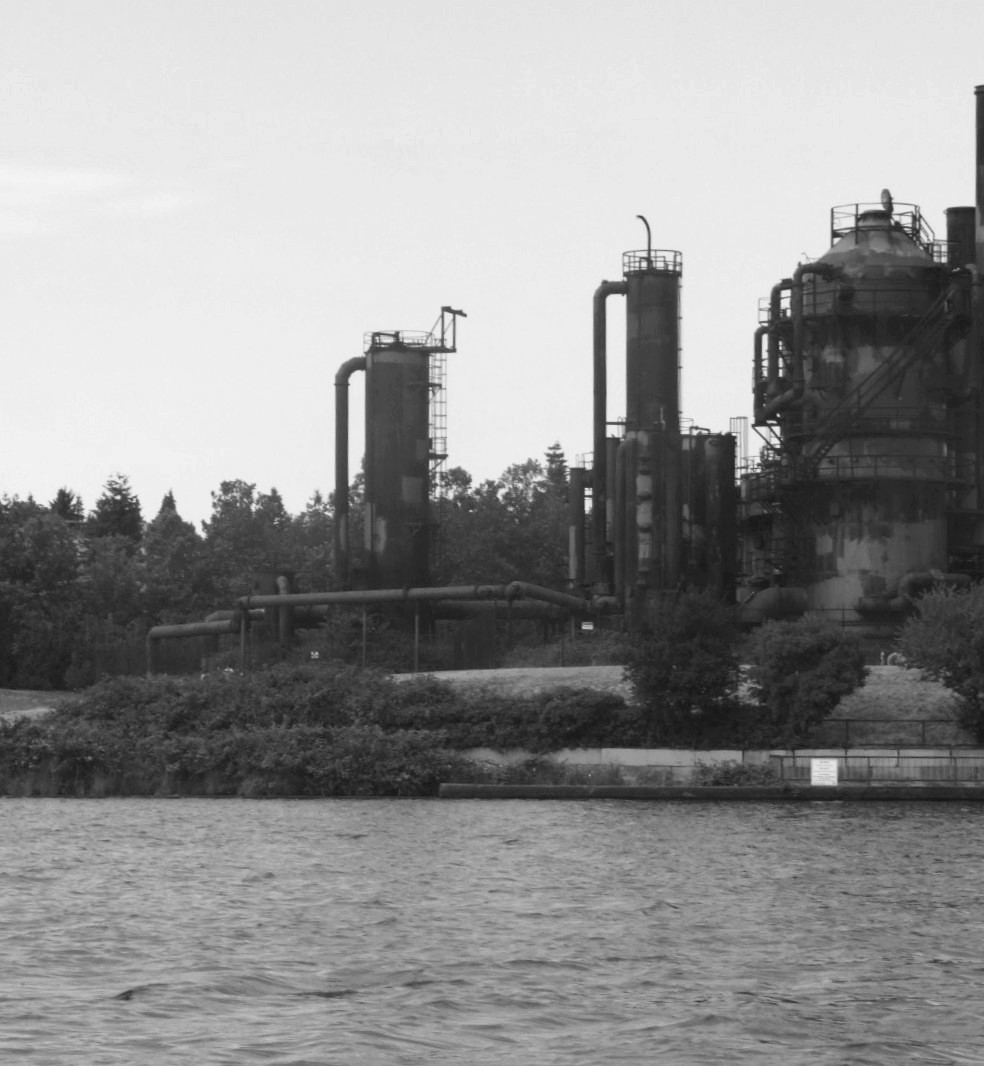
Clearly, people collect NFTs for the same reasons they otherwise buy art: Maybe they follow an artist's work, maybe it's aesthetics, maybe it's following trends, maybe it's investment, maybe it's something else.
But NFTs have a new wrinkle: They don't actually "EXIST."
What I mean is this: a painting by DaVinci or Picasso has a tangible presence in what we call physical space. An NFT-based piece of art is ultimately a small piece of unique code and unless you can extract that to a meaningful viewing format, there nothing at all there... and in a post-apocalyptic scenario the DaVinci might still be there, even if it didn't have much value.
I don't point to that as a criticism, but rather as a way to show that NFTs require a shift in fundamental psychology by blurring the lines between what "is" and what "isn't."
Art, as We Know it...
The history of art is thousands of years old, dating back to early cave drawings, and — as we know it to date — has been centered around the fundamental idea that it "exists:" We can touch it, turn it around, hang on the wall, buy it, sell it and even set fire to it if it pisses us off, one day.
Then came the computer, and shortly thereafter came digital art.
Again, not to question the veracity of the work, itself digital art asks us to cross into psychological territory we have not previously traversed.
In the early days of online interaction, there was considerable exploration of the concept of the word "Here," as it related to virtual spaces. We would say things like we were "in" a chat room, but where exactly is this "in?" Is it somewhere on a web server? Is it in our computer? Is it in our house where we are sitting? Is it in a space we create with our imagination?
With computers, the fabric of "existence" became more ambiguous and fluid. What are the implications for art?
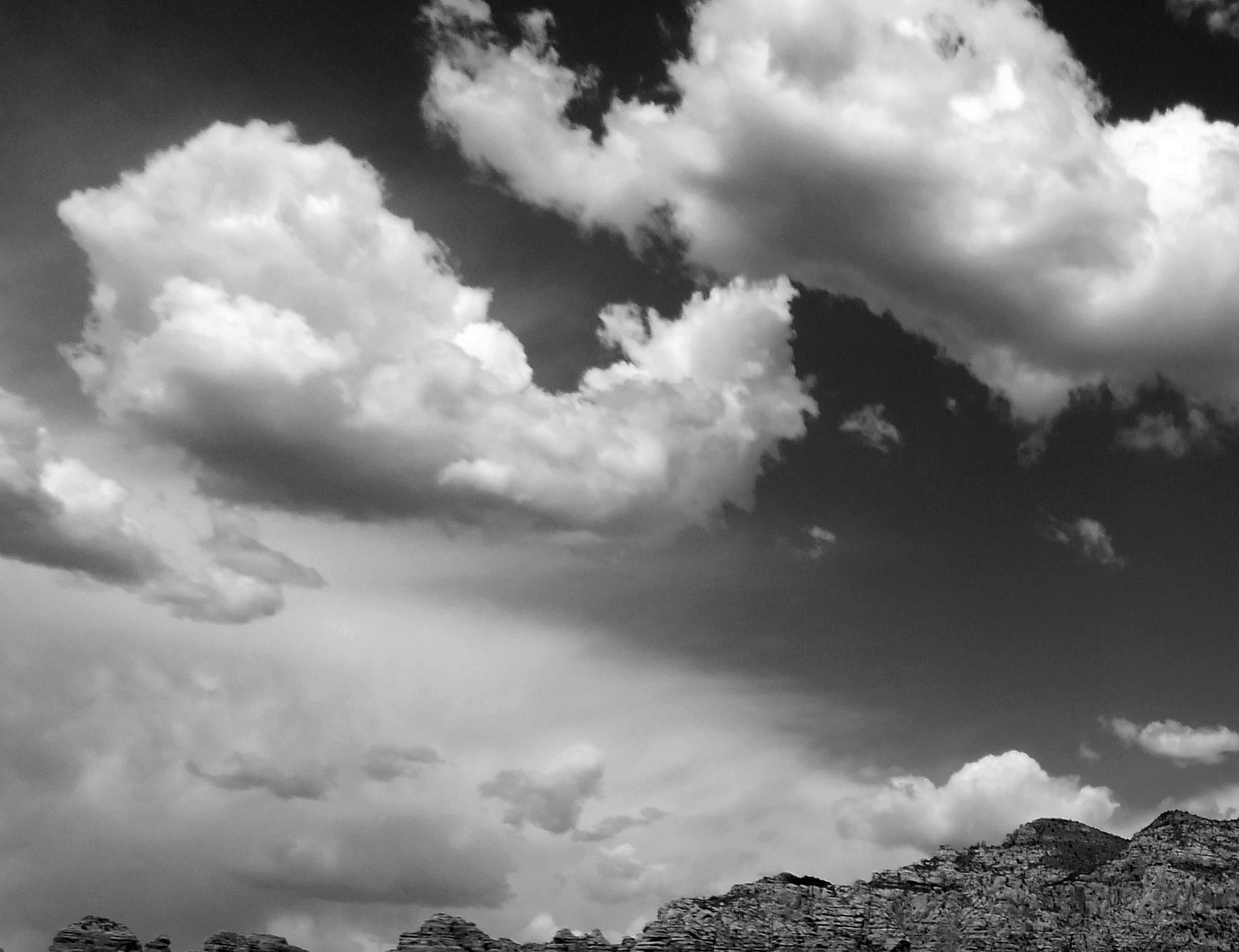
Art as "Experience" Rather Than "Object"
During the final couple of years of our Red Dragonfly brick-and-mortar gallery, I watched a slow gradual transition in how people interact with art... best described as a move away from the conventional idea of "art as OBJECTS you own" towards "art as an EXPERIENCE you have."
In fact, part of the gallery's eventual demise could be tracked to the growing trend of people loving the art but seeing less and less reason to actually own it. The "value" came simply from having seen a particular piece of work... particularly true among the growing number of cyber nomads in the world.
Meanwhile, we represented a number of digital artist who were trying to bridge the gap between their digital creations and getting their work into people's hands via high quality prints.
Of course, that gave rise to a new question: At this new frontier, what constitutes "original" art? What is the original, and who owns it?
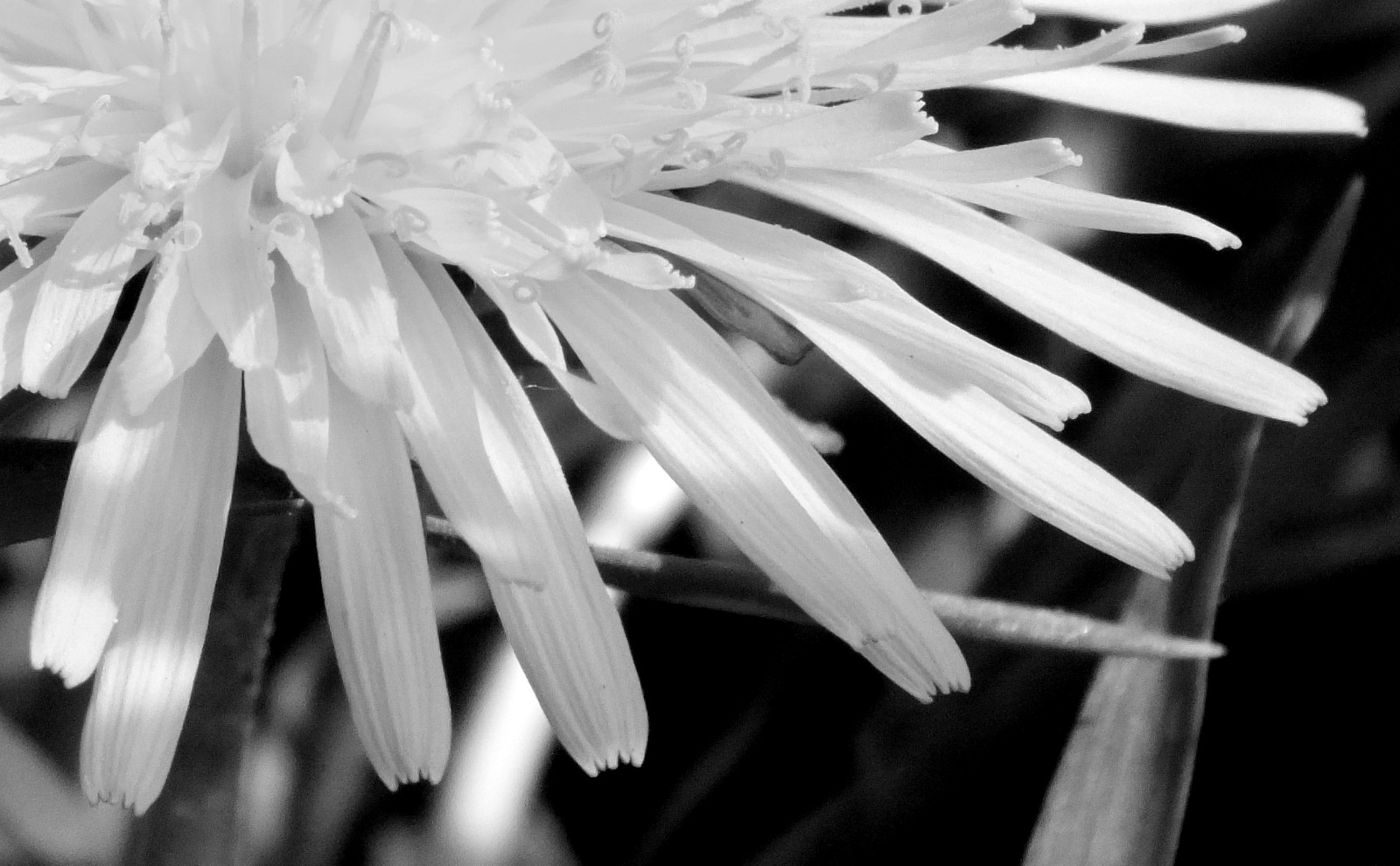
Tulip Bulb Bubble or New Paradigm?
One of the more interesting opinions I heard at our gallery was one well-travelled digital nomad who opined that "ownership" of art and creative works was destined for obsolescence within the next 50 years.
His point: The moment a creative work of some kind is finished and the artist "releases" it for others to experience, it instantly becomes public domain. Following the thread of art-as-experience, there is no "ownership."
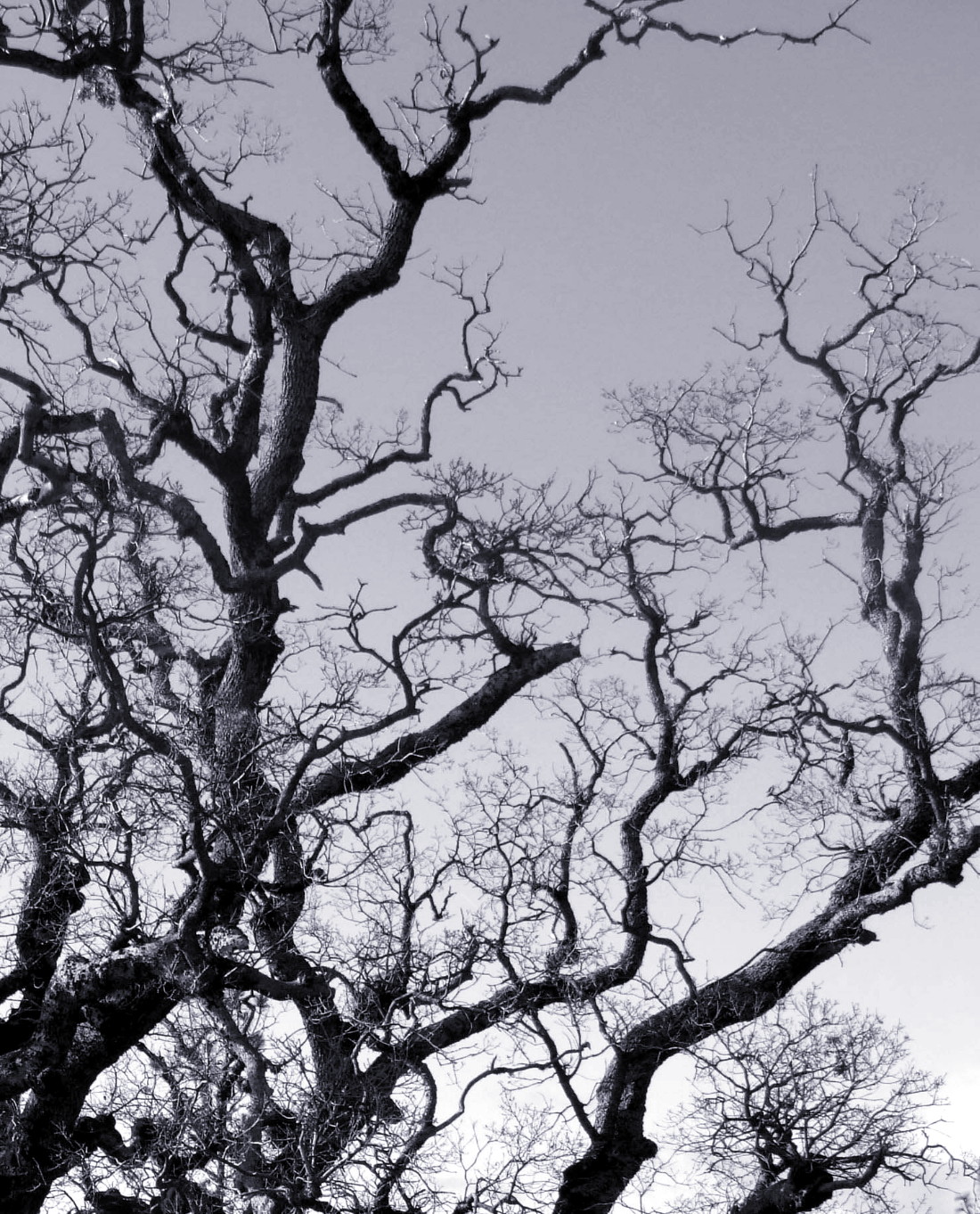
We discussed the significant point of how artists and creatives would be compensated under such a system and his answer was "souvenirs." Perhaps not souvenirs in the exact "hard copy" sense we typically think of them, but in the sense of charging admission for artists' shows, book sales, postcards and greeting cards, stickers for your laptop. Art as experience, like a rock concert or vacation. The payment is to experience it, not to own it.
Will it happen that way? Well, if it did, it would certainly represent a bump in the road for $3.5 million NFTs... we've already crossed the bridge of whether or not an "intangible" like Bitcoin could be worth $50,000, so why not art?
I find myself having reservations, though. I see a strong emphasis on the commodification of art, perhaps at the expense of the actual art and creativity. People seem to be more focused on "making money trading NFTs" than on "the enjoyment of ART." In a sense, it parallels how cryptocurrencies seem to have migrated from an idealistic foundation of being "alternative global payment systems" that would render conventional banking obsolete to being more of an "Investor money grab."
Regardless of whether NFTs are experiencing a bubble or not, I expect they will be subject to far greater volatility than regular cryptocurrencies specifically because they are "non-fungible," and so the actual value depends entirely on what two people can agree on...
In the meantime, if I were an artist working with NFTs, I'd be "making hay while the sun is shining."
20210307
H0014/0250
All images are our own
Posted Using LeoFinance Beta
Congratulations @reddragonfly! You have completed the following achievement on the Hive blockchain and have been rewarded with new badge(s) :
Your next target is to reach 300 posts.
You can view your badges on your board and compare yourself to others in the Ranking
If you no longer want to receive notifications, reply to this comment with the word
STOPCheck out the last post from @hivebuzz:
I don't have much to say about NFT's, other than to mention I've minted some on Lensy and bought one on NFT Showroom*. But I mainly wanted to commend your essay. A well written and engaging piece.
* - I guess I could elaborate a little. I bought a piece of art that I both liked and hoped that it would appreciate in value. I've often wondered what I would do if its value went 10x, say. I both like the art, and like the potential profit. Which would I choose? I really don't know.